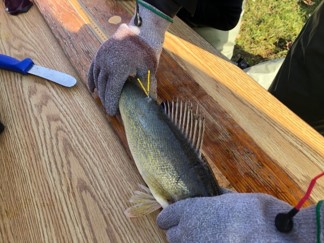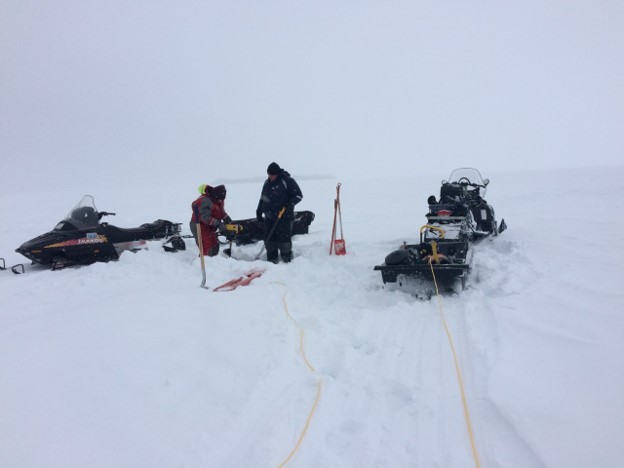Located on the north shore of Lake Superior, Black Bay historically supported a robust commercial and recreational fishery for walleye (Sander vitreus). Unfortunately, the walleye population rapidly declined in the 1960s because of a combination of habitat loss and commercial over-fishing. In response, managers closed the fishery in the northern part of Black Bay to allow the population to recover. Since 2016, the Upper Great Lakes Management Unit (OMNRF) and Lakehead University been using passive acoustic telemetry to monitor spawning and migration of the species within Black Bay and surrounding Lake Superior. Scientists have tagged approximately 200 walleye with internal acoustic transmitters and deployed 95 acoustic receivers throughout Black Bay to better understand factors impeding Walleye recovery. Results from this study will inform ongoing walleye rehabilitation and management by evaluating both long-range migration and spawning behaviour of these fish in northern Lake Superior.


For more information, please contact Dr. Mike Rennie.
